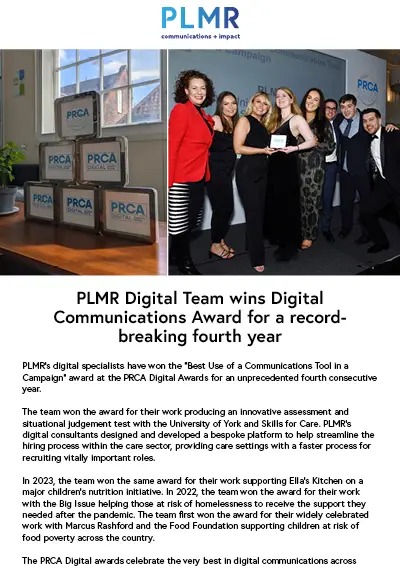As a Digital Account Director working with a range of clients, I’ve seen the impact that an effective blog can have on driving traffic, enhancing brand visibility, and establishing authority in the digital space. However, creating a blog that truly performs requires more than compelling content. It must align with SEO best practices to ensure it is visible to search engines and effectively engages your target audience.
Here are seven essential tips to help you write a blog that is not only engaging but also optimised for SEO success.
-
Conduct Keyword Research
At the heart of any successful SEO strategy lies keyword research. Before you start writing, use tools like Google Keyword Planner, SEMrush, or Moz to identify high-volume, relevant keywords related to your topic. Your goal should be to discover a mix of primary keywords (core terms directly related to your topic) and long-tail keywords (phrases more specific and less competitive).
Once you’ve gathered your keywords, integrate them naturally throughout your blog, in titles, headers, and body text. However, avoid keyword stuffing—overloading your content with keywords to the point it feels forced. This will harm both the user experience and your SEO ranking.
-
Optimise Your Headings and Structure
A well-structured blog is easier for both your readers and search engines to navigate. Use clear, logical headings to break up the text. Your main heading, the H1, should contain your primary keyword, while H2s and H3s should include related keywords to reinforce your topic.
This kind of structured content not only improves readability but also helps search engines better understand and rank your content.
-
Create High-Quality, Relevant Content
Google’s algorithms reward content that is valuable, informative, and meets the searcher’s intent. It’s not enough to write 300 words stuffed with keywords; you need to provide high-quality, relevant content that solves a problem or answers a question.
In most cases, longer blog posts tend to perform better, as they are more likely to offer in-depth information. However, length should never compromise the quality of your content. Make sure that each sentence adds value to the reader.
-
Internal and External Linking
Linking plays a crucial role in SEO. Internal links (links to other pages on your website) create a cohesive site structure, helping both users and search engines navigate your site. Additionally, external links to reputable, high-authority websites strengthen your content’s credibility and help search engines understand that your content is well-researched. However, avoid linking to low-quality or irrelevant websites, as this can hurt your SEO.
-
Write Compelling Meta Titles and Descriptions
The meta title and meta description are the first things people see in search engine results, so they need to be compelling enough to entice a click. Your meta title should be under 60 characters and include your primary keyword.
Your meta description—the 150-160 character snippet that summarises your content—should also include a relevant keyword and be engaging enough to encourage users to click through to your site. Remember, even if your blog ranks highly, it’s the title and description that will determine whether someone clicks.
-
Optimise Images with Descriptive Alt Text
Images are essential for breaking up text and keeping readers engaged, but they also offer another opportunity for SEO optimisation. Adding descriptive alt text to your images not only helps with accessibility but also allows search engines to index your images properly.
Make sure your alt text accurately describes the image while incorporating a keyword where appropriate.
-
Ensure Your URLs Are SEO-Friendly
Finally, your blog’s URL should be clear, concise, and SEO-friendly. A good URL structure improves search engine crawling and user experience. Make sure your primary keyword is included in the URL but avoid using special characters or unnecessary numbers.
Following these SEO best practices will help ensure your blog performs well in search rankings while also providing value to your readers. From keyword research to optimising your metadata and linking strategy, these steps form the foundation of a high-performing blog. Incorporate these strategies into your content marketing, and you’ll see long-term benefits in both traffic and engagement.
If you’re looking to optimise your SEO strategy or need help with content creation, our team at PLMR Genesis is here to guide you every step of the way. Get in touch today.





